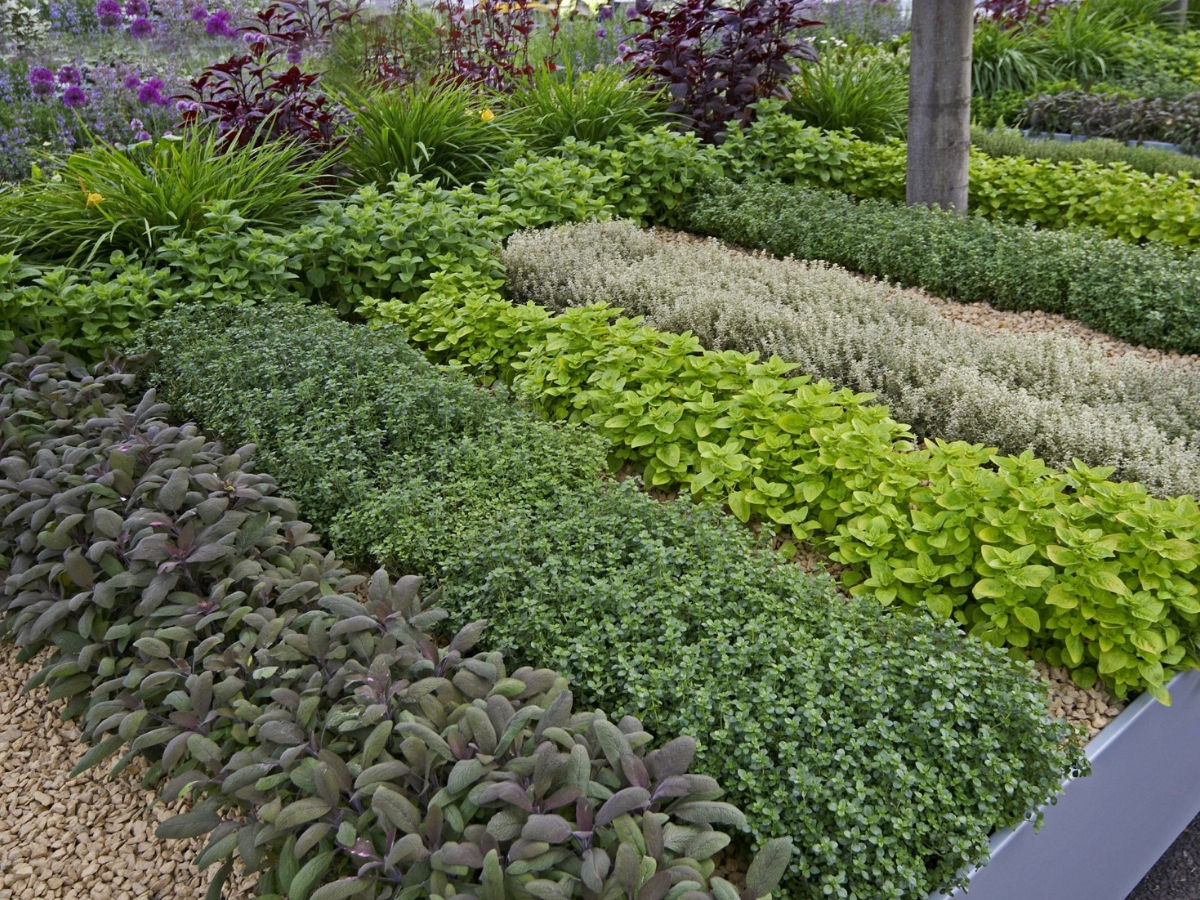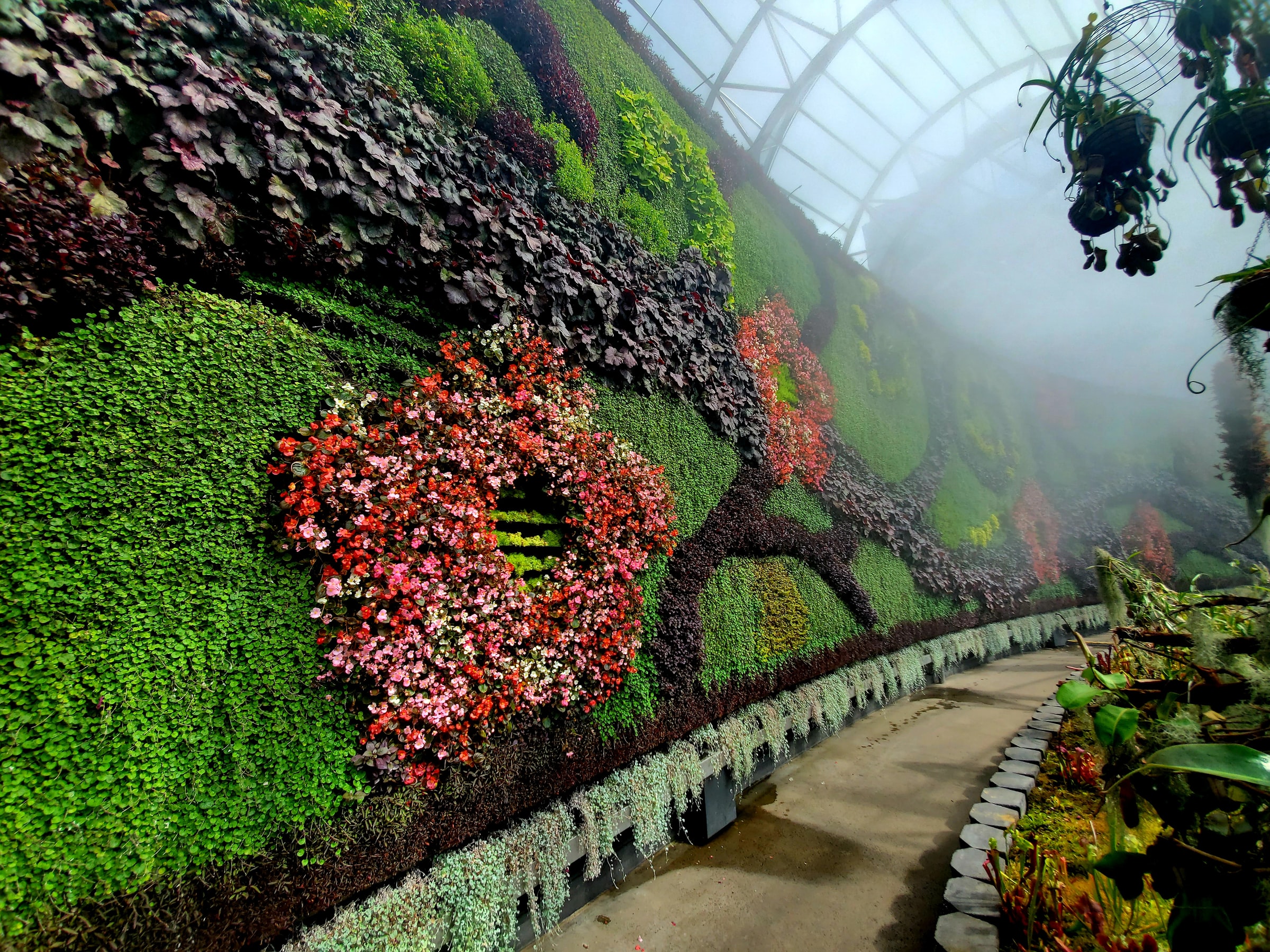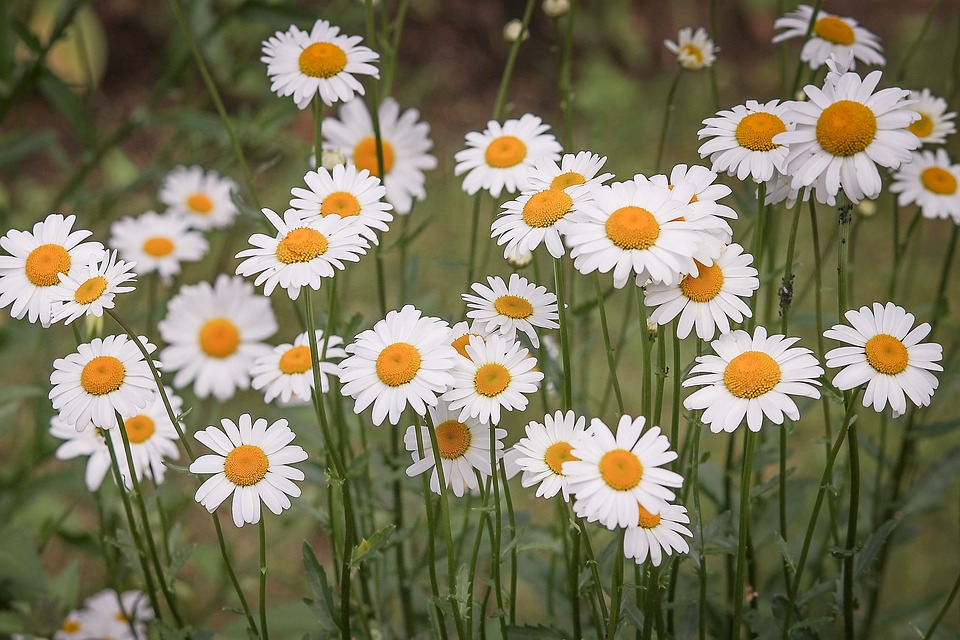There is always some aromatic or seasoning that combines with the day’s menu, providing more flavor. Enjoying them fresh is even more pleasant, so having a small garden with these plants is an excellent idea since it allows you always to have them at hand. Also, they are very easy to care for and offer a lot of play in the kitchen. Below, we share a series of tips so that you can start your aromatic and seasoning garden without problems.
#1. Find a suitable spot
![Online] Certificate Program or CEU Broker Credits in Herbal Medicine 101 – Body Wellness](https://bodywellness.com/wp-content/uploads/2015/06/bigstock-Bunches-Of-Healing-Herbs-On-Wo-69014860-e1435768016884.jpg)
These are some of the factors you should consider:
-
Light: most aromatics and spices are quite demanding when it comes to light. A minimum of six hours is necessary for profitable growth. Don’t underestimate it: the more, the better.
-
Drainage: An excess of water in the roots is a serious thing for most aromatic plants since they do not support it well. Good drainage is essential for its proper development, so make sure the pots have holes in the base.
-
Indoors: growing aromatic herbs indoors is possible, as long as they meet the requirements mentioned above. You can use vertical gardens and hanging pots to make the most of the space.
-
Containers: there are many options and materials. To choose the system that best suits you and your tastes, consider the size per floor and the available space.
Each plant needs a minimum volume of the pot to thrive. The good news is that most aromatics are made up of 1 or 2 liters of substrate per plant. Even if you think you’re short on space, there are ingenious solutions for growing aromatics in small spaces. Vertical gardens or hanging pots are good options when the area is at a premium.
#2. Know your plants

There are many types of aromatics. It is important to know which group they belong to since they have to be treated differently. Annuals and biannuals will need a replacement every one to two seasons. In contrast, perennials may require us to bring them indoors if the winter is very cold, require pruning every spring, and may need a transplant to larger pots when they grow. Therefore, it is best to group them by their life cycle.
-
Perennials: they keep the leaves throughout the year, and although they may suffer somewhat in winter if the weather is frigid, they recover in spring. These include rosemary, lavender, thyme, sage, and mint. The latter two can lose their leaves in winter, depending on the weather, but they sprout again in spring.
-
Biannual: The former give stems and leaves and, at the end of the latter, they give flowers. Then they die. An example of this type of aromatic is parsley.
-
Annual: They are all those that last only one season. Chives, basil, and dill are some of them.
#3. Group by irrigation needs
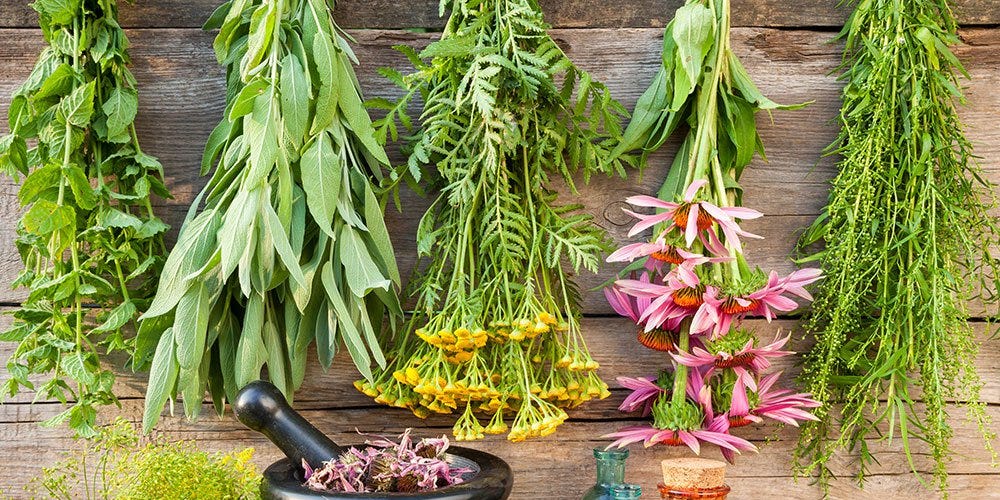
It will make your work much easier, and no plant will suffer from lack or excess water.
-
Aromatic undemanding in water: rosemary, thyme, lavender, sage;
-
Aromatic with greater demand for water: basil, parsley, coriander, mint.
#4. In pots, they are stronger together

The substrate of the pots, being a limited and small volume, dries before. This increases the smaller the pots’ volume, so it is always preferable to opt for a larger one and plant several together. Also, by combining tall plants with creepers (such as thyme, which is short and grows wide, with rosemary, which grows tall), we can cover the entire surface, preventing the sun’s rays from directly impacting and better preserving the soil moisture and temperature. Also, polycultures often confuse pests.
Some possible combinations:
-
Citronella, mint, ginger, and lemon basil;
-
Basil, oregano;
-
Coriander, parsley, oregano;
-
Rosemary, thyme, sage.
#5. Harvest, but without going overboard!
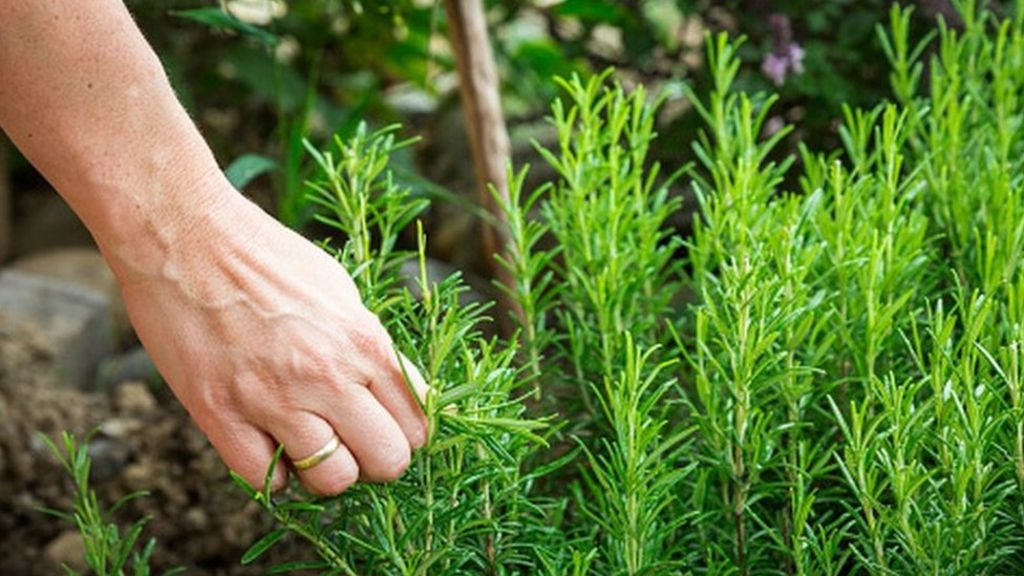
Harvesting aromatic plants keep them in their growing phase rather than entering their maturity and flowering season to die finally. During this stage, the leaves’ flavor is more intense than in the flowering stage. Of course, it never takes more than a third of its volume. This can harm its growth, so it is better to do small pruning regularly. If you find a flower, it is better to remove it to lengthen the growing season and enjoy fresh leaves for a longer time.
#6. Combine plants with seeds
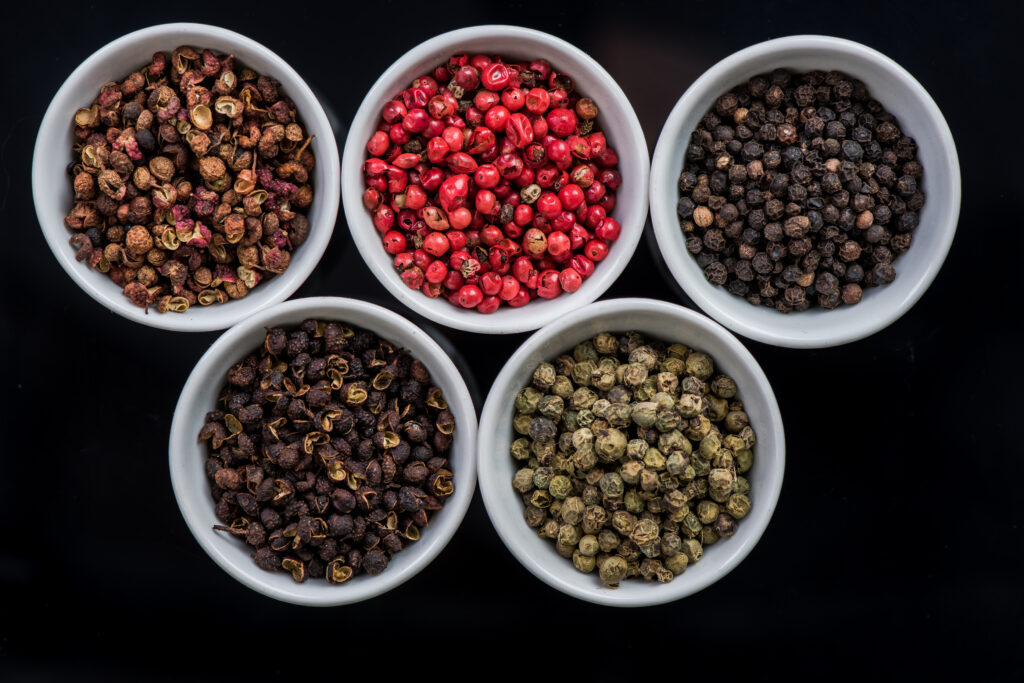
Seeds have many advantages compared to purchased plants: they give aromatics more adapted to their final environment, they are cheaper, and allow you to carry out staggered sowings. But when it comes to gardens of this type, it is best to start with a combination. Buy plants of those that are slower to grow (perennials) and leave the seeds for annual and biennial plants, which will grow fast and last longer than the purchased ones. In this way, you will enjoy some vegetation from the beginning.
#7. Beware of mint
Mint can become very invasive, quickly occupying the entire pot or grow space and displacing other plants. Leave it alone in a pot.
#8. Play them
Most aromatics are very easy to reproduce by cuttings, which allows you to multiply your garden at no cost. Do it when the perennials have become very woody to replace them.
#9. Keep them
There are times when production exceeds the consumption that we can make from our plants. A good idea, in this case, is to keep them.
